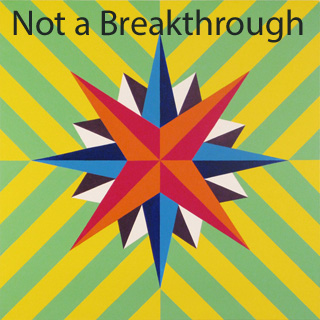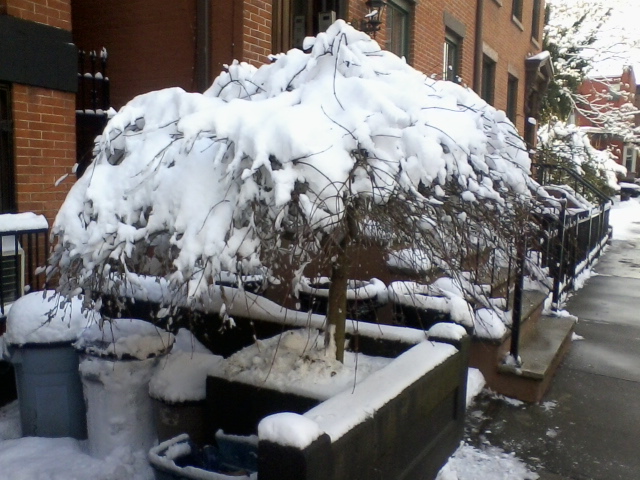issac: so is hermeticism good or bad? @tommoody
tommoody: @issac - ceci moss wrote on rhizome: "Expanded internet art is not viewed as hermetic, but instead as a continuously multiple element that exists within a distributed, networked system." - i think she thinks hermeticism is bad - me, maybe not so much
More than championing a movement, hermeticism ridicules "straw hermits," perceived old-school artists who aren't down with their place in the distributed network system.
The rhetoric of the "art and technology" websites needs these self-centered curmudgeons in order to flack the New, Distributed Art of Dispersion ("NDAD" -- don't worry, it's not real, it's a counter-straw-person). Of course, cultural conservatives exist, and at fairly high discourse levels: the website "artcritical" doesn't review "isolated examples" of work, so I've been told, but requires an "event" or "installation." Talk about a stopped clock.
But after say, Facebook, NDAD itself took on a suspect aura: somehow all this sharing and distributing you were doing was enhancing someone else's bottom line. So Mark Zuckerberg has six homes because he wanted to buy all the property around his current one so developers couldn't capitalize on homes "next door to Mark Zuckerberg," and the Twitter guy bought a historic home and plans to tear it down in order to build a "green home." While all we schmucks get is a chance to be a "continuously multiple element in a networked system." These conditions make you want to unplug and go up on a mountain.
In an email convo ZW made these observations about the loss of "interiority" you have when everyone is sharing and Seth-Price-style-dispersing (we weren't talking about Price per se, but this is maybe where his curator-friendly line of thinking about "dispersion" leads you):
We are dealing with more and more creator/consumers who never went through a sort of "initiation" period in their aesthetic growth without instant and infinite access. The idea of "mystique," the appeal of the obscure, strange, cult, etc. The definitions of those are changing because of the way we can consume.
[...]
The internet/tech did so many of the things I thought as a teenaged "outsider" were the solution to so many cultural problems: it has demonetized creative work, leveled the playing field in regards to means of production and distribution, etc., etc., but it has also leveled the means of measuring effect. According to all the ways I understood/experienced it, the underground, counterculture, etc. no longer exists, or can exist in the way it once did, because the personal, "interiority," cannot exist in the same way.
Instead of a hero reclaiming interiority, the mountaintop hermit continues to be an undesirable to new media pundits -- it's the artist equivalent of the mini-Greenberg. A bugbear the system needs in order to justify itself to itself.




